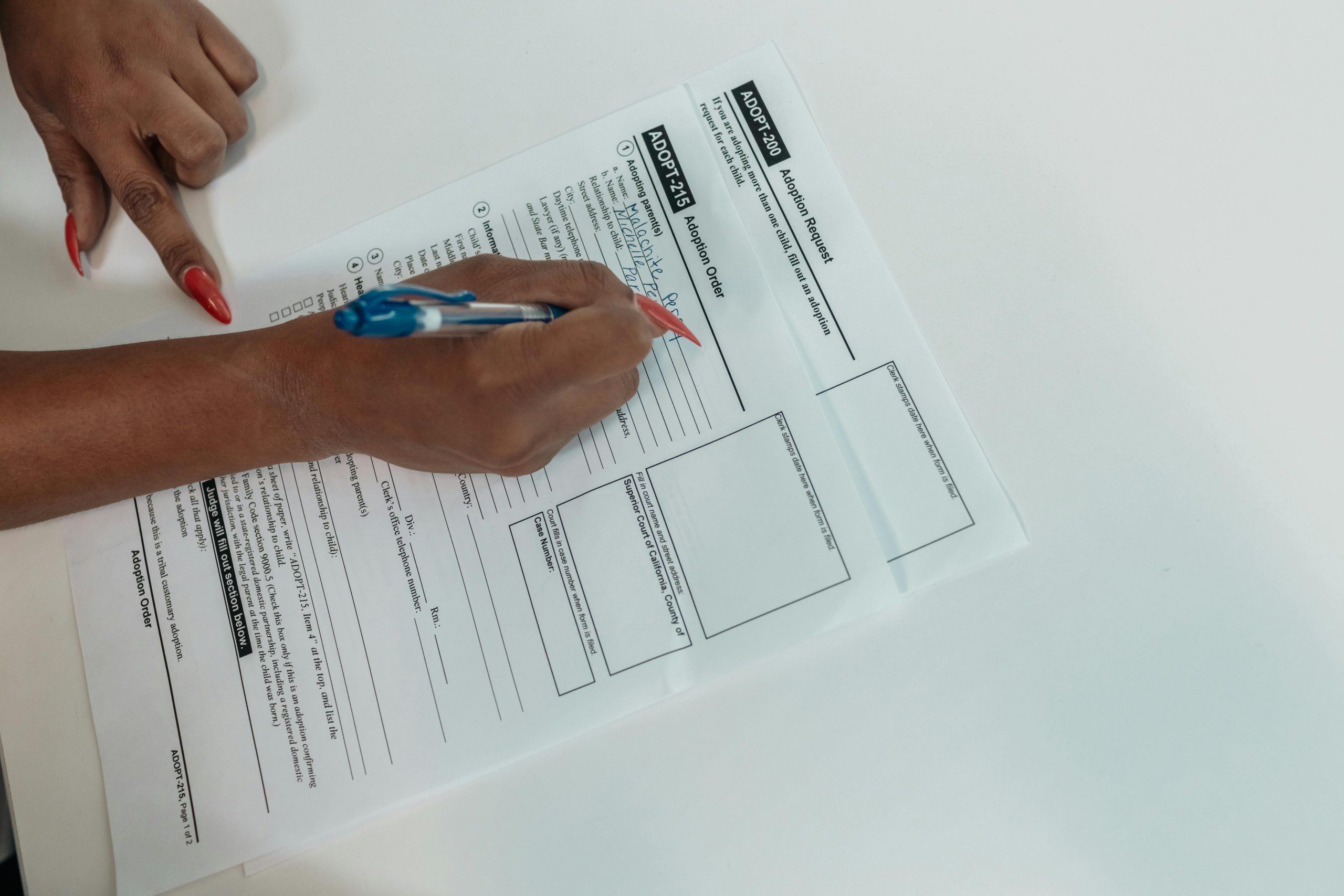Seeking Advice on Water Damage Claim
Hi everyone,
About a week ago, my washing machine overflowed, resulting in a small flood in my basement. The laundry room, hallway, and bathroom were all affected. I recently had a professional moisture assessment done, and they discovered that the walls near the baseboards were soaked. They informed me that the carpet padding underneath my floors is beyond saving and could potentially develop mold if not addressed.
I’m considering filing a water damage claim with my insurance but I’m curious about my chances of getting it approved. The delay in my decision to file was due to my initial belief that the damage wasn’t severe. On the night we found the flood, I removed some of the click flooring in the hallway, which led to the discovery of significant water puddles. It appears that the hallway sustained the worst of the damage, though there was also noticeable water in both the laundry room and bathroom.
Any insights or advice you might have would be greatly appreciated. Thanks!




It’s unfortunate to hear about the water damage from your washing machine. Filing a water damage claim can feel daunting, but there are a few key points to consider that can improve your chances of approval:
Timeliness: While it took a week to decide to file, it’s important that you document everything clearly. Most insurance policies have a reasonable timeframe for reporting damage, and it’s crucial to report the issue as soon as possible.
Documentation: Gather evidence of the damage. This includes photos of the affected areas, any receipts or records from the moisture sweep, and documentation of any repairs you’ve initiated. This can help substantiate your claim.
Insurance Policy Review: Check your policy for specific details about coverage for water damage. Some policies have exclusions or specific requirements for how to handle claims, so understanding your coverage is vital.
Preventive Actions: Since you’ve already taken steps to mitigate damage (like ripping up the flooring), document these actions. Insurance companies often look favorably on policyholders who take reasonable steps to prevent further damage.
Consult Your Agent: Contact your insurance agent or claims adjuster to discuss the situation. They can provide guidance on your specific policy and the likelihood of approval.
Persistency: Be prepared for the possibility of some back-and-forth communication. Insurance claims can sometimes take time, so stay proactive and follow up if necessary.
It’s always a good idea to remain hopeful and thorough in your documentation. If you know anyone who has gone through the claims process, their experiences could offer useful insights as well. Best of luck with your claim!